Two years ago, the Landmarks Preservation Commission floated the idea of clearing its backlog of items from before 2010 by simply de-calendaring all of them. That was not well-received, to put it lightly. So, they devised a series of steps to actually address those 95 items. That process nearly came to an end today, with the designation of 10 new city landmarks.
Before we enumerate those sites, here is a little more on the process. In the fall of 2015, four special public hearings were held where the people could speak out on the merits (or lack thereof) for all of the backlog items. One day featured the sites in the Bronx, Brooklyn, and Queens, another had the Staten Island sites (in three groups), and it took two hearings to deal with those in Manhattan (in a total of four groups). Members of the public were allowed to speak for three minutes per person per group.
Then in February of 2016, the commission held a public meeting where it announced which 30 sites had been prioritized for designation, which sites had been removed from the calendar without prejudice (meaning the designation process could be restarted in the future), and which sites had been removed permanently. Designations for the prioritized sites have progressed fairly smoothly since then.
Now, we have nearly reached the conclusion of this saga. Though three of the items on the agenda were either removed from the calendar or not voted on, New York City has 10 newly-designated landmarks, in addition to the 16 backlog items already designated. Here they are, in the order upon which their designations were voted.
The first was 183-195 Broadway in Williamsburg, Brooklyn. It was designed by William Ditmars and constructed in 1882 on what was then the main drag in the independent municipality of Williamsburg, which had yet to be annexed by the city of Brooklyn. Its first hearing was in 1980.
The next is St. Barbara’s Roman Catholic Church at 138 Bleecker Street in Bushwick. The church was built between 1907 and 1910 and its Spanish Colonial architecture is unusual for the northeast. It had been on the calendar since 1980. Churches usually oppose designation, citing the financial burden of LPC-level maintenance. To help mitigate that, Commissioner Michael Devonshire had previously stated he would be fine with the use of substitute materials instead of in-kind replacements when it comes to repairs in this case. The designation does not include the rectory, but does include a connector between the church and the rectory.
In Queens, there is the Bowne Street Community Church (formerly the Protestant Reformed Dutch Church of Flushing). That’s at 38-01 Bowne Street (a.k.a. 143-11 Roosevelt Avenue, a.k.a. 143-19 Roosevelt Avenue). It was constructed between 1891 and 1892, built by Edward Richardson with a design attributed to G.E. Potter. It features stained glass windows by Agnes Fairchild Northrup, who worked with Louis Comfort Tiffany.
The church’s opposition to designation was so fervent that another public hearing was held in November. The church had been on the commission’s calendar since 2003.
Moving to Staten Island, there is the oldest property to be designated from the backlog. It’s the Lakeman House at 2286 Richmond Road. It was initially recommended for removal without prejudice, but given that it might date back as far as 1683, several commissioners thought it was deserving of prioritization. At designation, Commissioner Diana Chapin said it was “gratifying we were able to add this.” It had been on the calendar since 1966.
Then there is Brougham Cottage at 4746 Amboy Road. It was built in the early 18th century and had been on the calendar since 2000.
Moving to Manhattan, there is the former Excelsior Power Company Building at 33-43 Gold Street, in the Financial District. It is listed as having been constructed between 1840 and 1888 and is the oldest known commercial power generating station in Manhattan. It is currently a residential building.
Initially, it was on the list of items to be removed from the calendar without prejudice, but, after some prodding in February from Commissioners Michael Goldblum and Adi Shamir-Baron, it was moved to the priority list. Goldblum insisted that it could be restored despite being, as the commission staff put it, “extensively altered.” Shamir-Baron said the alterations don’t negate its worthiness. At designation, Commissioner Kim Vauss said she was “very happy they could do this.” The site’s first designation hearing was held in 1977.
Bergdorf Goodman’s main building at 754 Fifth Avenue was constructed for the retailer in the Modern Classicist style by the firm of Buchman & Kahn between 1927 and 1928. Actually, it’s seven connected buildings. Alterations have been made over the years, including the unification of the bottom two stories, a reason cited by Edwin Goodman’s granddaughter, Mary Ann Goodman, in her opposition to designation. The commission first held a public hearing on the building on June 23, 1970.
The house at 412 East 85th Street, in Yorkville, is a standout. Built before 1861, it is one of only six wood-frame houses remaining on the Upper East Side. It still has its front porch intact. Its owner, Susan Jordan, even supported its designation. The commission first considered its designation in December of 1966.
The Harlem YMCA building (now the Jackie Robinson YMCA Youth Center), at 181 West 135th Street, was designed by John Jackson and built in 1918. It had been on the LPC’s calendar since 1991.
Finally, there is the former Loew’s 175th Street Theater at 4140 Broadway in Washington Heights. Designed by Thomas W. Lamb as one of the five Wonder Theatres, it was built between 1928 and 1929. When it opened in 1930, it seated approximately 3,600. It was Rev. Ike’s church and now serves as the United Palace – both a church and a performance venue. At designation, LPC Chair Meenakshi Srinivasan said, “What a great building!” It has been on the calendar since 1970.
Perhaps the grandest item from the entire LPC backlog is the former IRT Powerhouse at 850 Twelfth Avenue (a.k.a. 840 Joe DiMaggio Highway), at the northern end of Hell’s Kitchen. Designed by McKim, Mead & White’s Stanford White and built in 1904, it powered Interborough Rapid Transit – the city’s first subway system.
Currently, it powers Con Edison’s steam operations. Its designation might be the first for an active power plant in the United States. Since ConEd has unique needs, the commission will keep this item on the calendar while it works to come up with a framework that would allow both preservation and the upkeep of an active power plant. The commission hopes to act on this in 2017. At present, the proposed designation does not include an extension constructed on the building’s western end. The first hearing for the powerhouse was in 1979.
There were two sites from the backlog prioritization list removed from the calendar without prejudice. One of them is the Immaculate Conception, Church of the Blessed Virgin Mary, at 375-395 East 150th Street in the Melrose section of the Bronx. The church was designed by Henry Bruns and built in 1887. It had been on the agenda for designation in April, but that was laid over to allow for outreach to the church. It was supposed to have been taken up again in June, but that never happened.
At the time of prioritization, the site’s New York City Council seat was empty. It is now filled by Rafael Salamanca, Jr. The commission had hoped that, despite the church’s opposition, it could get the support of the council member. Salamanca opposes designation and since the City Council has to approve all designations, it was removed from the calendar. It had been on the calendar since 1980.
Also removed without prejudice was the Edgar J. Kaufman Conference Center at 809 United Nations Plaza. A somewhat unusual case, it would have been an interior landmark not part of an individual landmark. That means whatever alterations are made to the building, the conference center would still have been protected. It’s on the 12th floor and part of the Institute of International Education (IIE). The designation would have included two conference rooms separated by a folding partition, a 300-person lecture hall, and an elevator lobby. They were constructed between 1964 and 1965 and are the product of Finnish architect Alvar Aalto and his wife, designer Elissa Aalto.
However, there are two factors that affect accessibility, which LPC General Counsel Mark Silberman discussed. First, the building also houses diplomatic posts, which presents security issues. Also, the Kaufman center was designed for IIE and continues to be operated by IIE, which considers it essential, and IIE gets to choose who gets to rent the spaces. There is also the question of whether an interior landmark must continue to be accessible to the public in order to remain a landmark, a question without resolution at this time. So, the site was removed from the calendar. It had been on the commission’s calendar since 2001.
In total, 26 sites have now been designated from the backlog. Thirty were prioritized in February, but St. Augustine’s Roman Catholic Church and Rectory at 49 Sterling Place was included in the designation of the Park Slope Historic District Extension II in April. So, its individual designation was removed from the calendar.
Subscribe to YIMBY’s daily e-mail
Follow YIMBYgram for real-time photo updates
Like YIMBY on Facebook
Follow YIMBY’s Twitter for the latest in YIMBYnews

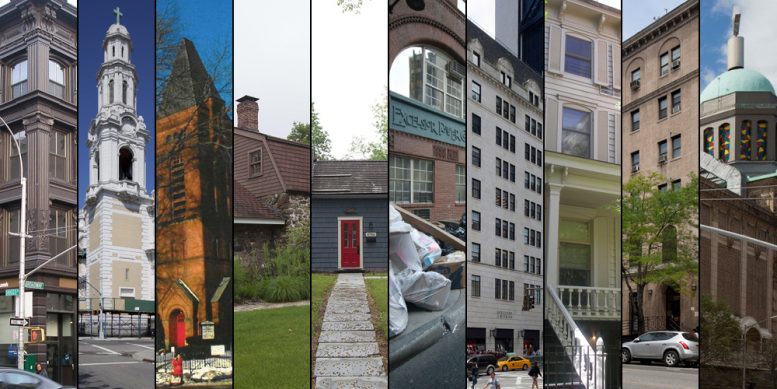
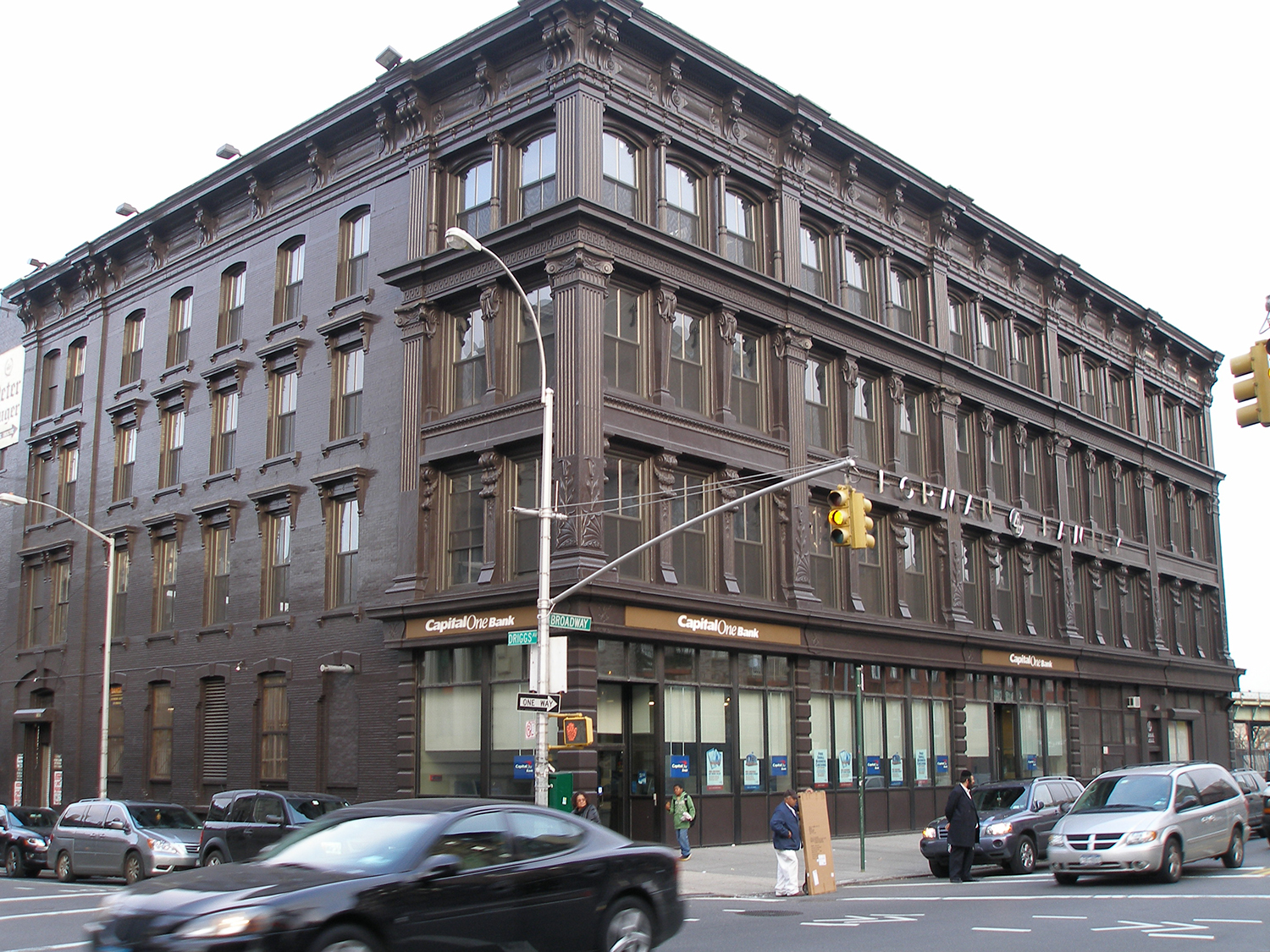
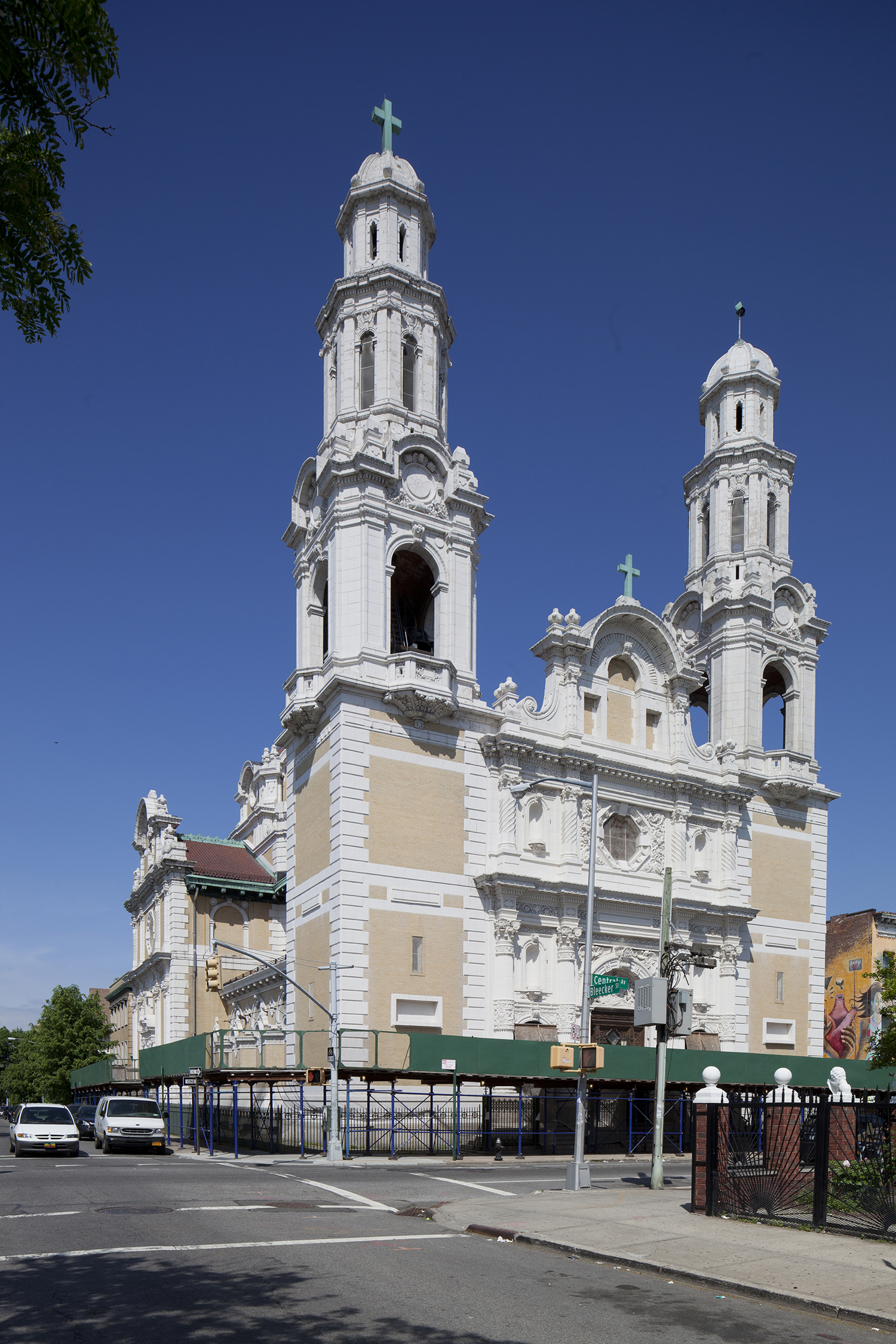
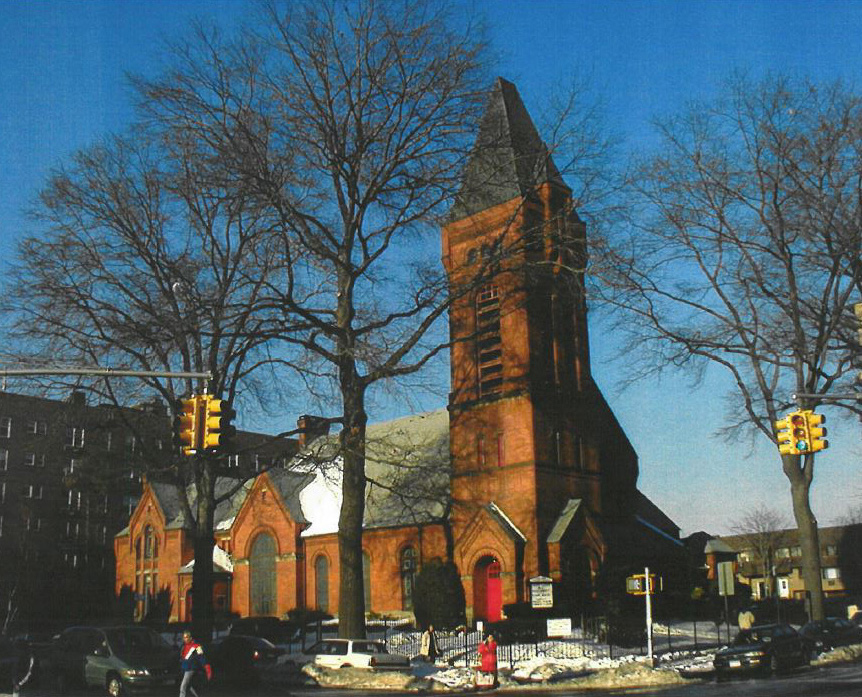
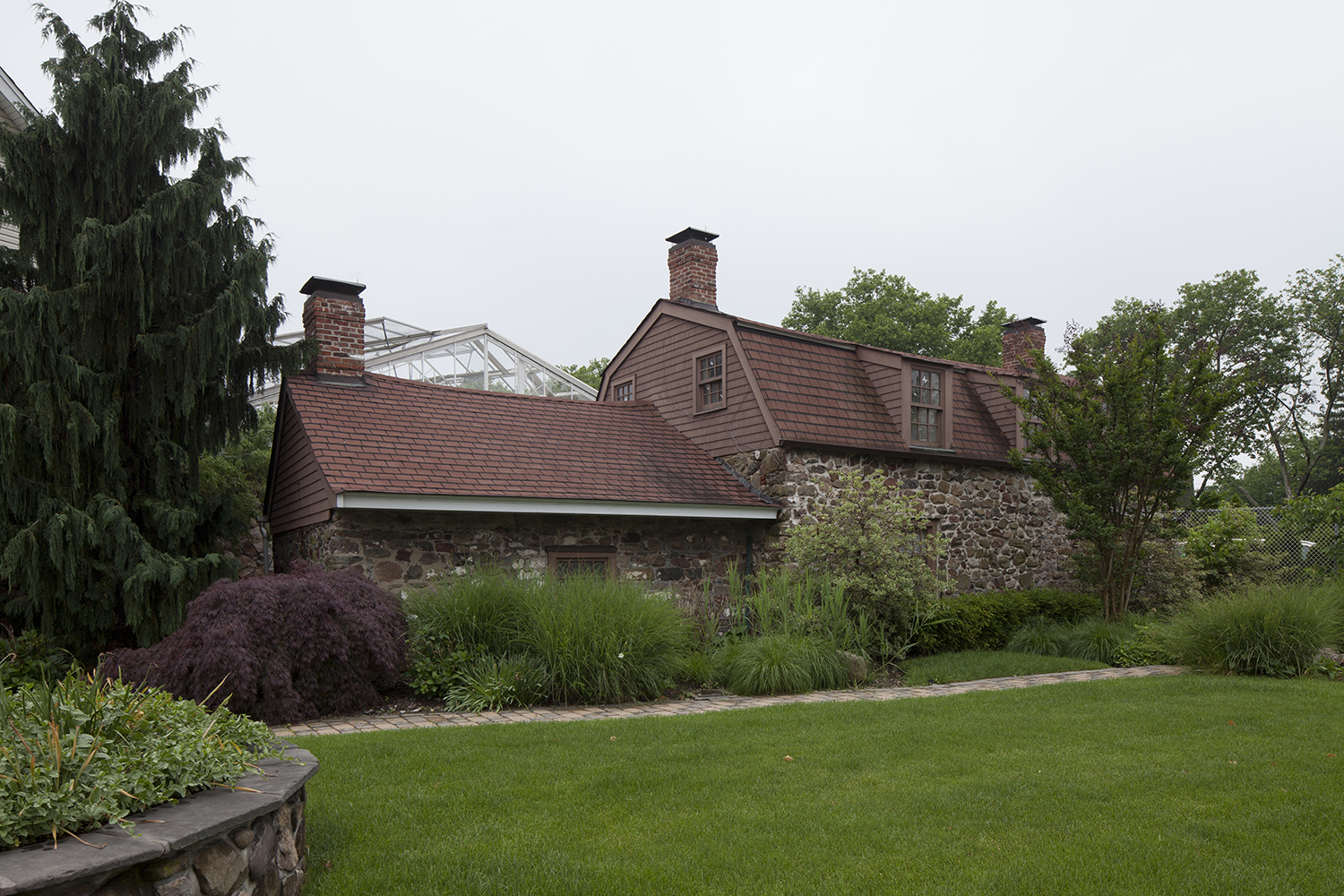

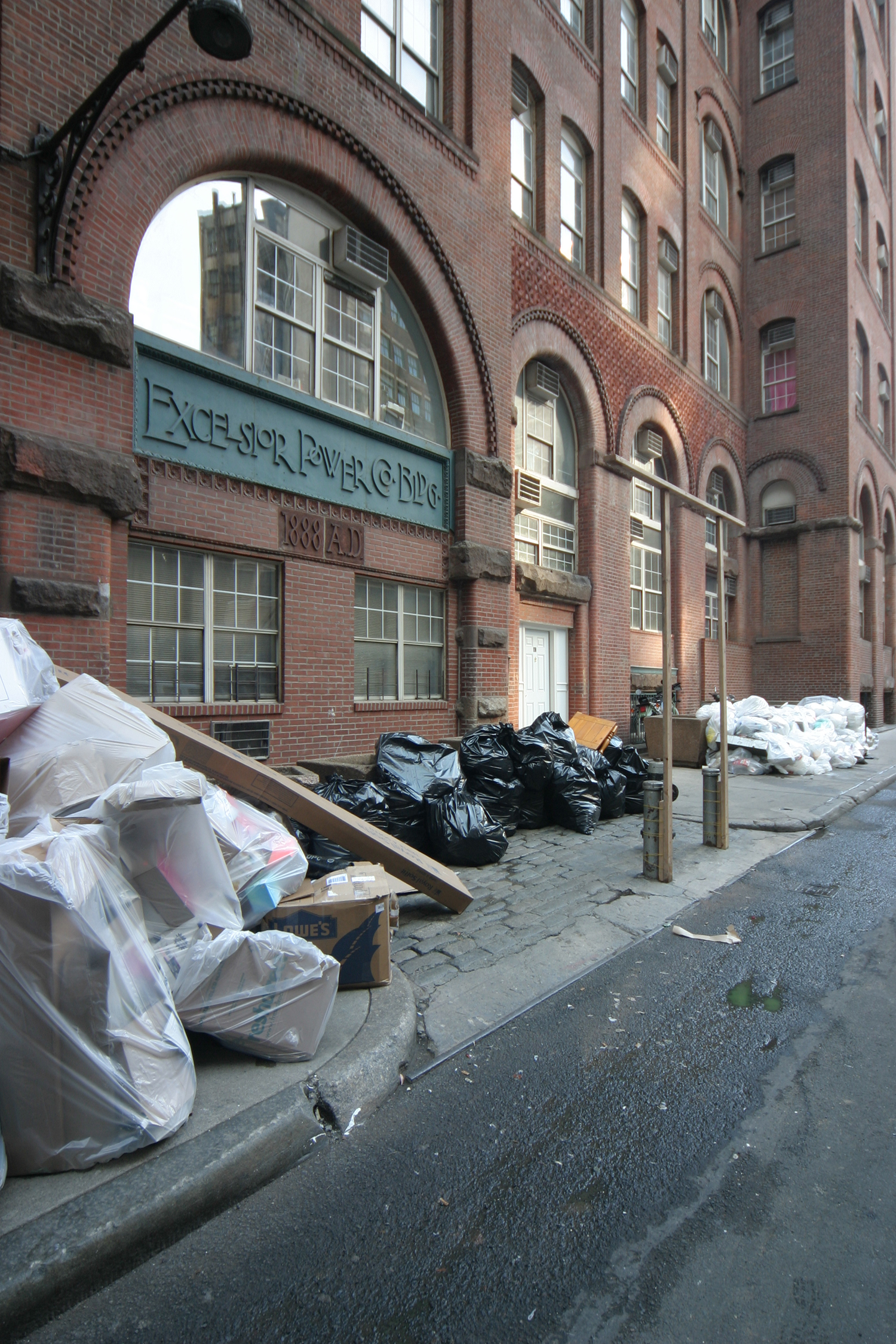
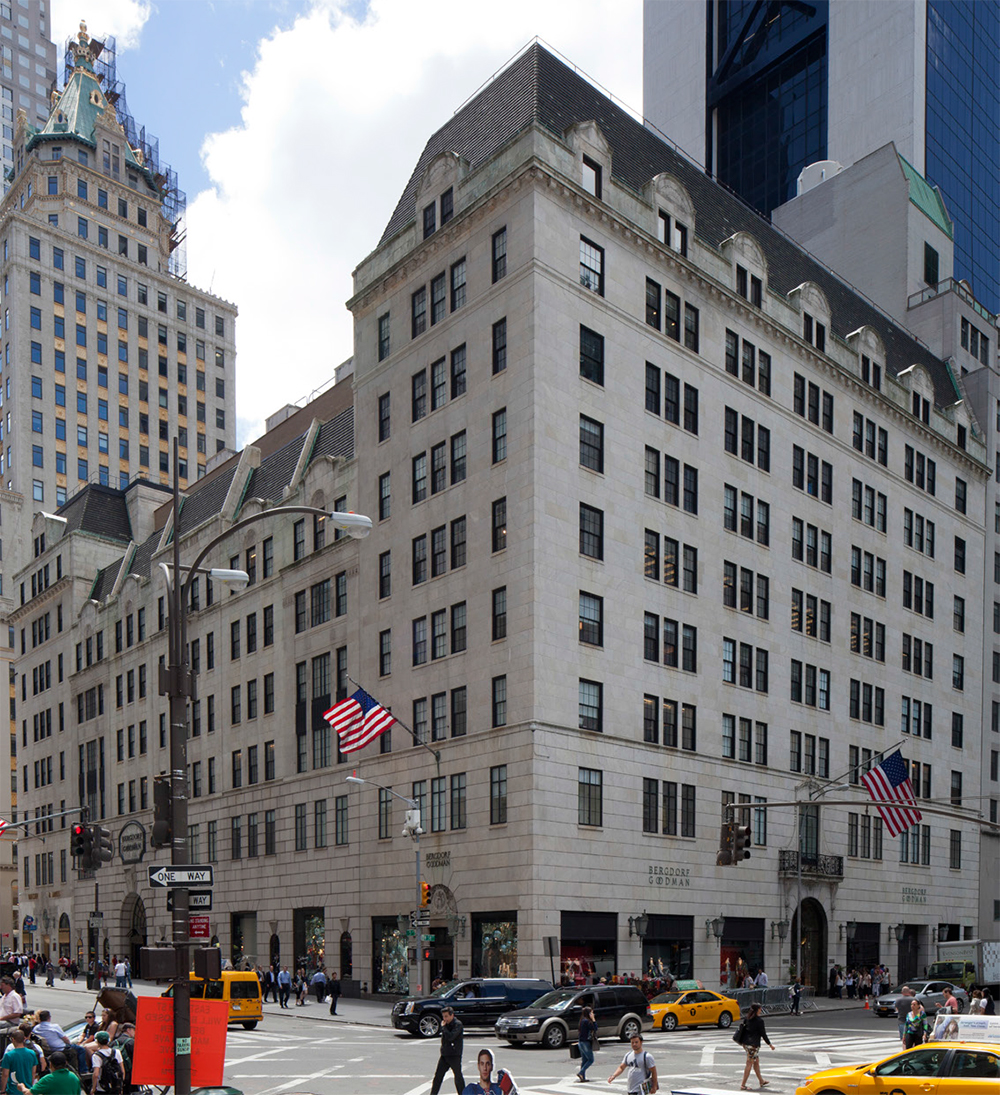
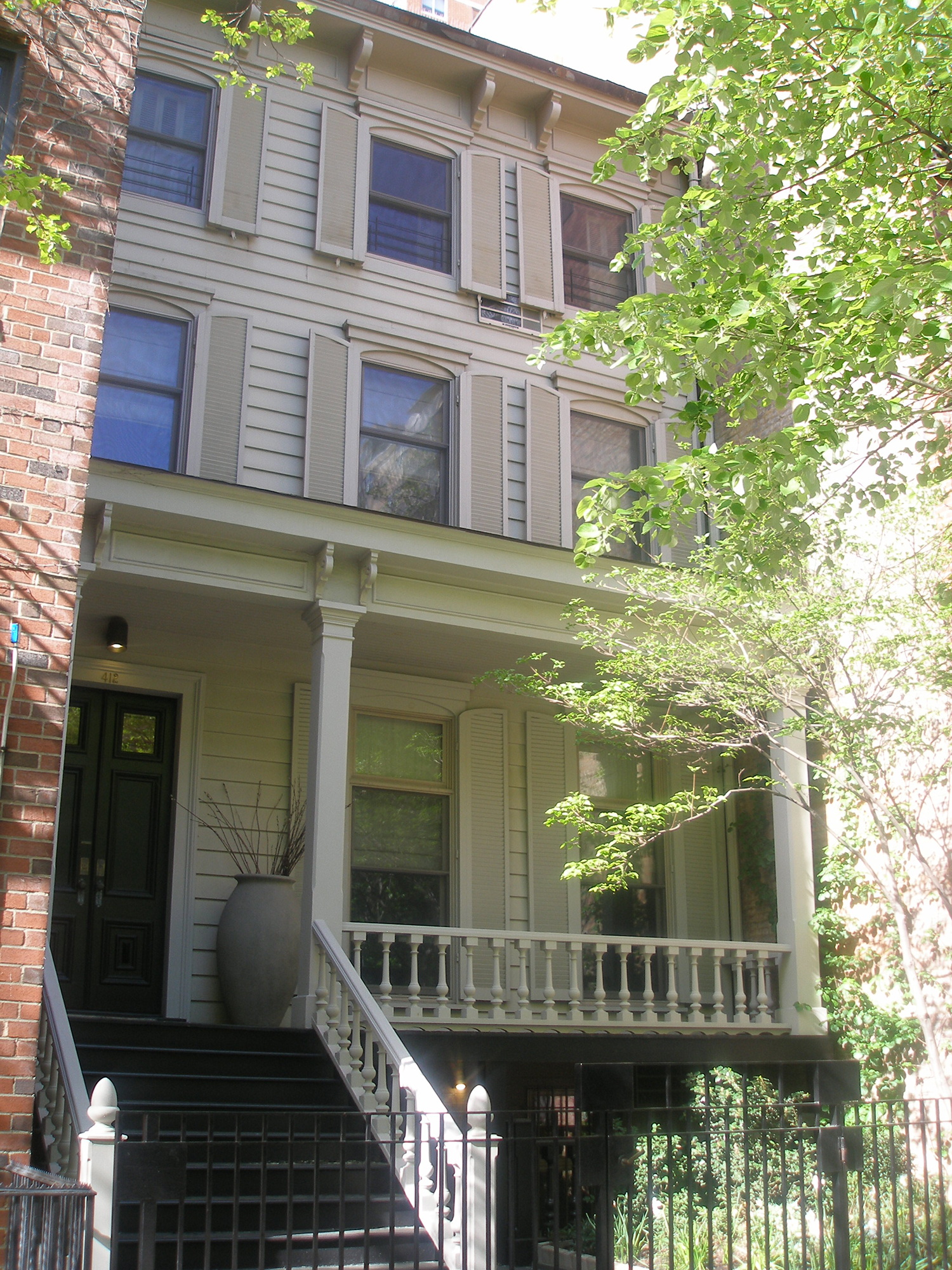
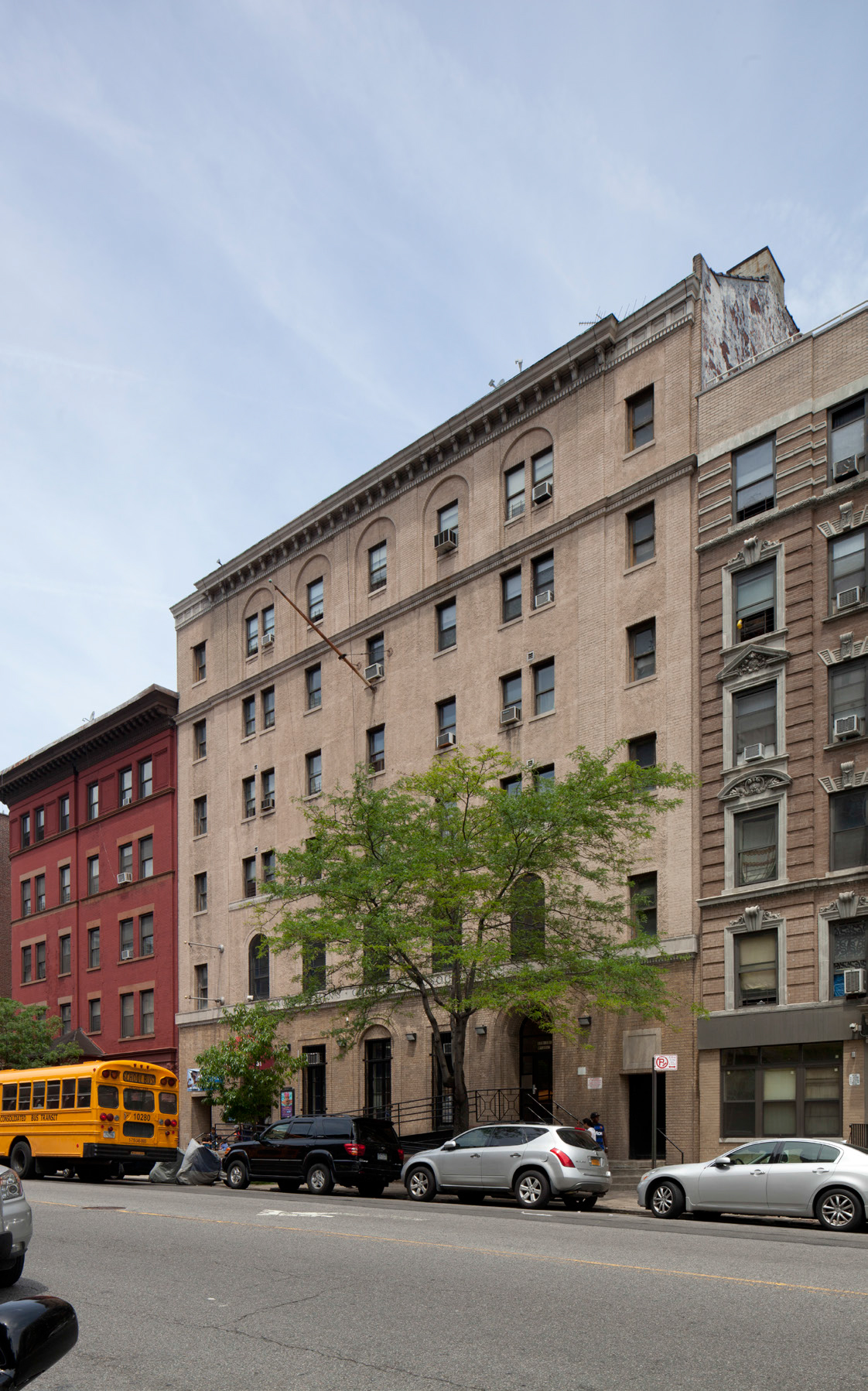

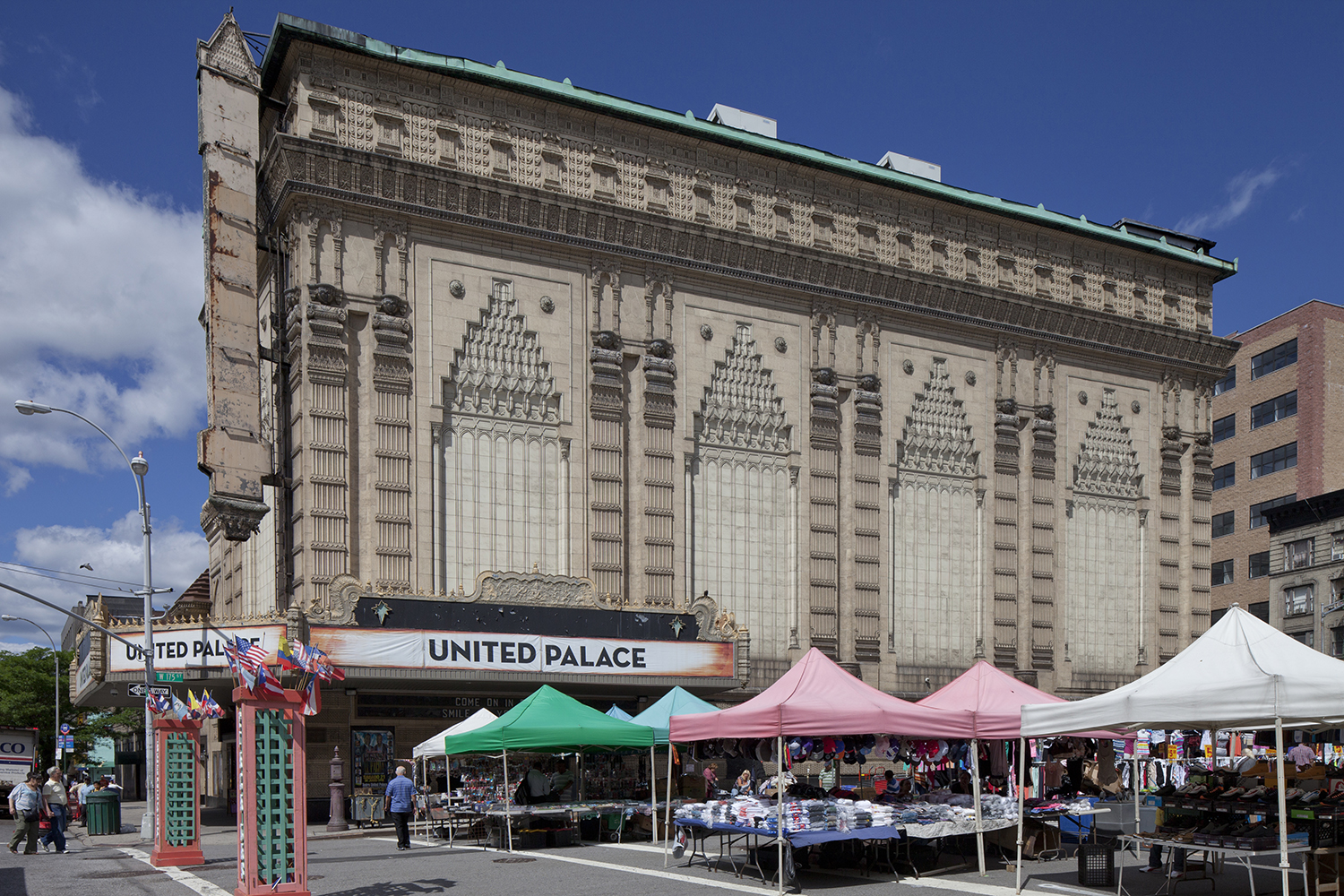

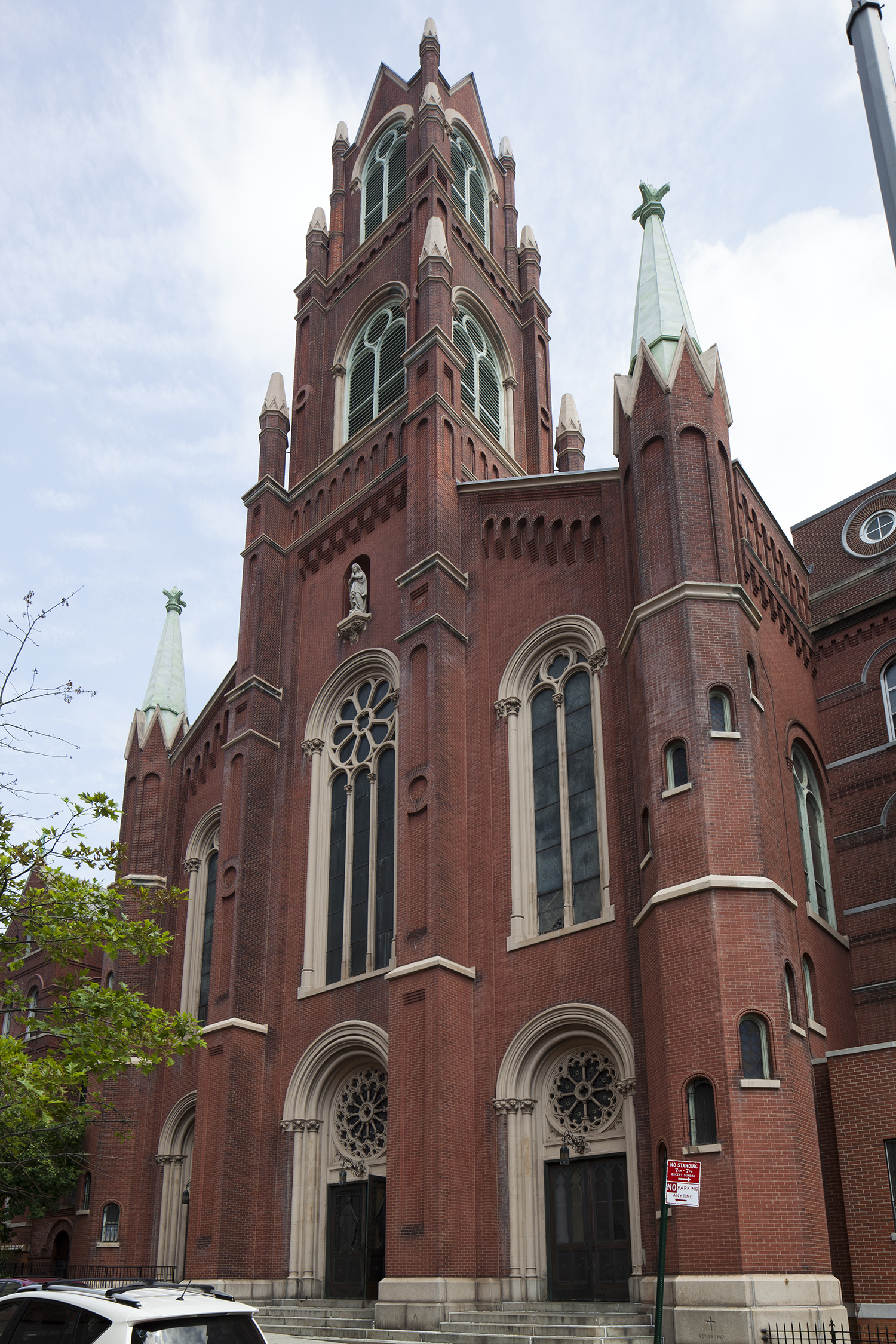
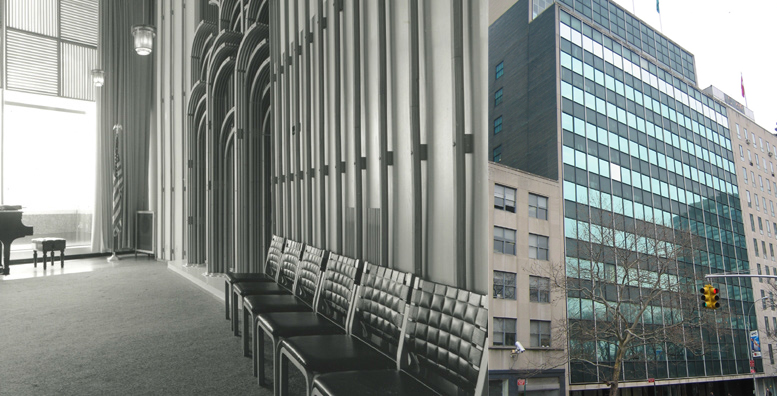




Brooklyn annexed Williamsburg in 1855, long before 183-195 Broadway was built.